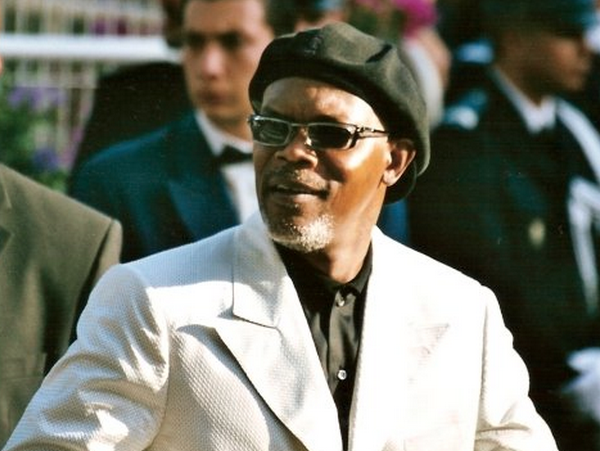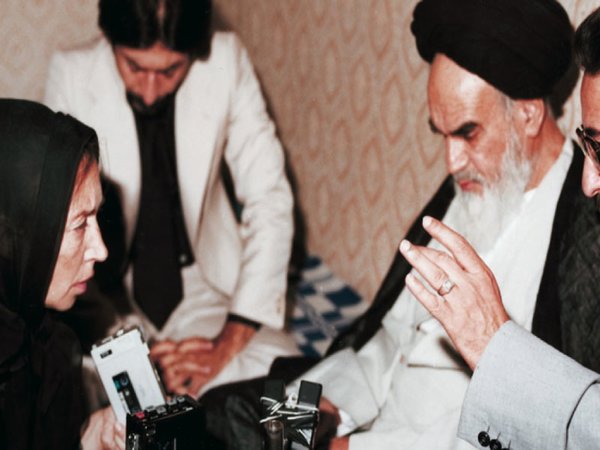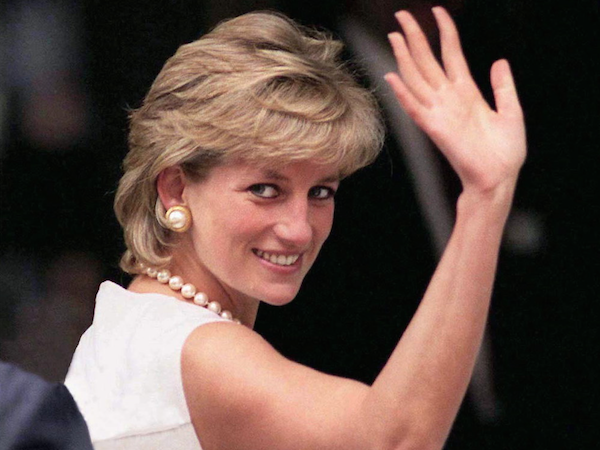Social media tools such as Twitter and Skype are transforming how we live and socialise. The March 2009 Nielsen report Global Faces and Networked Places reveals more than one in every two Australians uses social networking sites. For the one in five Australians with disabilities, in particular, access to these sites can be life-changing.
Alex Varley, CEO of Media Access Australia, a not-for-profit devoted to promoting access to media for people with disabilities, says: ‘Social media are the cornerstones of modern communication and it is essential that people with disabilities, who can become socially isolated, are able to use these tools and stay connected with the world.’
Before the arrival of social media technology, Glenda Watson Hyatt, who lives with severe cerebral palsy, was unable to converse with most people, unless, as she says, they could understand ‘Glenda-ish’. Glenda now runs an eloquent blog, allowing her voice to be heard clearly and highlighting the difference between the way people with disabilities are perceived in the real world and through social media.
On her Do It Myself Blog, Glenda writes: ‘Social media gives voices to individuals marginalized and ignored by traditional media, enabling the world to hear these voices for the first time in history’.
The ABC’s Managing Director, Mark Scott, recently described social media as ‘the modern-day ‘town square’. Glenda’s Do It Myself blog shows how this town square has the potential to be truly inclusive, representing able-bodied citizens as well as those with disabilities, unlike the town square of old.
However, there are still many access issues facing disabled users. The Social Media Accessibility Review released this week by Media Access Australia, has found many social media websites are not making the grade when it comes to accessibility. Large numbers of people with disabilities, including those with physical disability, vision loss or hearing loss, are facing exclusion from this increasingly important ‘town square’ where we conduct business and social relationships.
According to the report, which reviews the accessibility of popular social media websites, Twitter has great potential for people with disabilities, but currently has many accessibility pitfalls. For example, the website has failed to list any formal accessibility policy and has never spoken about accessible developments in its official blog.
Furthermore, the links for replying to a tweet, making a tweet a favourite, and deleting a tweet can only be activated when the user hovers the mouse over a tweet. There are no voice-activated commands for deleting tweets or direct messages, excluding many people with physical disabilities.
Also, the registration for Twitter makes use of a CAPTCHA, which is a visual verification device. There is an audio option, but the link is particularly small making it difficult for users with vision impairment to access the service. Other problems occur when users attempt to resize the text because Twitter has text resizing locked, again hindering access for the vision impaired.
Martin Cahill, New Media coordinator at Media Access Australia, who has been working on the review, says: ‘When I think about social media I tend to think about social spaces. Think about your local park, for example, and everyone you expect to see there – people walking their dog, mothers picnicking with their children, grandfathers feeding the ducks, and teenage romance blossoming under the apple tree. What you don’t expect to see is a gate that restricts entrance to those with a vision, hearing or physical impairment. The park is open to all. Social media should be no different, and as it gradually usurps the social function played by the park, coffee house or the town square – the gate must be open to all.’
Lack of accessibility features on social media is inadvertently imposing a ‘technological lock-out’ on those people who arguably have most to gain from social networking and instead of promoting inclusion these new social spaces are creating more barriers to social inclusion. As social media sites begin to eclipse older communication methods like face-to-face meetings or using the telephone, it is vital that all people, including those with disabilities, are included and can benefit.
Rachel Mulholland is a fourth-year Media and Communications student at the University of Sydney. She also works part time at Media Access Australia.






